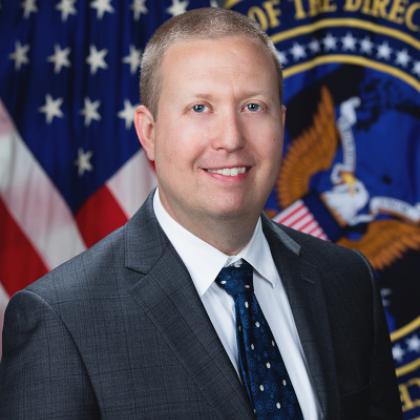Biointelligence and National Security in the 21st Century
How many people still use their cellphone only for making calls or use the internet only to send emails? As cellphones and the internet revolutionized everyday life, biology and biotechnology are poised to make the same impact within the coming decades. Throughout the COVID pandemic, at-home testing kits were used by the millions; meat and other foodstuffs can now be grown, in mass, in fermenters and factories; and the first humans have been born following intentional genetic modification.
Globally, governments and industry are recognizing the promise that the biological sciences can offer, but it is also critical to recognize the evolving perils such innovation can entail. To ensure the United States has the knowledge to counter and mitigate future national security risks associated with ubiquitous biology and biotechnologies, it is essential that the research and development components of the U.S. government look beyond tomorrow into what may become possible years or decades in the future.
Looking toward this future, the Intelligence Advanced Research Projects Activity (IARPA) is leading the charge for the intelligence community (IC) to ensure the United States maintains its technological advantage and the ability to counter near-peer adversaries.
Over the past five years, IARPA has launched 10 new bio-focused programs, a threefold increase compared to IARPA’s first decade of existence. This includes the Finding Engineering Linked Indicators (FELIX) program, which contributed to the first IC public statement that the SARS-CoV-2 virus was not genetically engineered as well as the Molecular Information Storage (MIST) program, which is pursuing new ways of using biology for scalable data storage. This bio-focus coincides with public recognition by the past three directors of national intelligence of the evolving importance of biology and biotechnology.
IARPA has been successful, in part, because of the participation of excellent researchers from across the country who have pursued unique and novel solutions to research challenges. As the promise and peril of biology continues to grow, it is critical that the research base pursuing these challenges is the best it can be. To ensure this, IARPA and the IC must enable the wider public to understand the challenges and needs it faces instead of borrowing terminology from other, disparate missions.
IARPA and IC partners have other missions and needs that may not overlap with the development of vaccines, therapeutics or diagnostics as well as numerous other elements of biodefense, the bioeconomy and health security.
While past national strategies have identified biodefense and biosecurity interests, IARPA’s Biointelligence and Biosecurity for the Intelligence Community (B24IC) program is the first to attempt a definition of biointelligence as “instruments, knowledge, and/or methods enhancing the IC’s capability to counter inappropriate use of biological sciences or leverage advancements derived from the biological sciences capable of advancing the IC’s ability to collect, analyze, characterize, secure and utilize information related to threats to our nation.”

While past national strategies have identified biodefense and biosecurity interests, IARPA’s Biointelligence and Biosecurity for the Intelligence Community (B24IC) program is the first to attempt a definition of Biointelligence as 'Instruments, knowledge, and/or methods enhancing the IC’s capability to counter inappropriate use of biological sciences or leverage advancements derived from the biological sciences capable of advancing the IC’s ability to collect, analyze, characterize, secure, and utilize information related to threats to our nation.
The establishment of a term for defining a field or discipline, particularly in biology, to align with government interests has precedence. Biodefense is broadly linked toward defending the nation and warfighter from biological threats and attacks. Academia, industry and government recognize the sphere of influence biodefense is associated with, including their potential roles. IARPA does not reflect the defense or public health communities and a direct alignment with biodefense is not possible. Poor, limited or incorrectly described mission needs make it difficult to attract technically aligned research teams. B24IC is a first step to clearly describe IARPA’s interest in biointelligence to the broad research community.
While IARPA is establishing itself as a leader in funding biointelligence directed research and development, success is only realized when the entire consortium of researchers, agencies and policymakers can clearly state the need and objective. To continue driving forward, IARPA will refine and improve the definition of biointelligence while pursuing high-risk and high-reward research programs, including those aimed at countering traditional biothreats, while also looking to incorporate novel bio-informed strengths and to assess novel bio-associated vulnerabilities. IARPA is situated to empower the entire IC to do its work better and more efficiently by pursuing the most difficult challenges the IC faces, but it can only be successful if it clearly defines its own needs and interests.
Michael Patterson is a program manager at the Intelligence Advanced Research Projects Activity. IARPA invests in high-risk, high-payoff research programs to tackle some of the most difficult challenges of the agencies and disciplines in the intelligence community. IARPA’s mission is to push the boundaries of science to develop solutions that empower the IC to do its work better and more efficiently for national security. IARPA does not have an operational mission and does not deploy technologies directly to the field. Instead, it facilitates the transition of research results to IC customers for operational application.



Comments